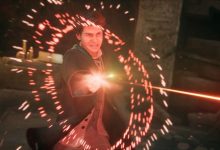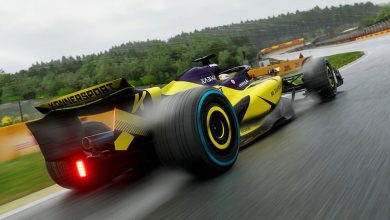As per the leak, Assassin’s Creed Shadows will likely be available as a Game-Key Card on the Switch 2.

Assassin’s Creed Shadows is currently available on PC, PS5, and Xbox Series S/X
Click Here to Add Gadgets360 As A Trusted Source

Assassin’s Creed Shadows seems to be on its way to Nintendo Switch 2. A French retailer has reportedly listed the Switch 2 port of the action-adventure title on its website. Based on the leaked information, Assassin’s Creed Shadows will also be released on the platform on a Game-Key Card, which controversially doesn’t contain the full game data and requires users to download full game content to begin playing.
Assassins’ Creed Shadows Switch 2 Versions Leaks
In a now deleted listing spotted last week by a Reddit user and posted on r/GamingLeaksAndRumours, French retailer Auchan shared the box art and other information about the Switch 2 version of Assassin’s Creed Shadows. The listing did not mention the game’s price on the platform, but revealed that it would be available as a Game-Key Card.
“Experience Assassin’s Creed Shadows in a whole new way with Nintendo Switch 2,” the listing said in French (via VGC).
A Switch 2 Game-Key Card does not contain the full game data and instead grants users the key to download the full game online. As such, these cards cannot be used without an internet connection. Ubisoft’s Star Wars Outlaws was also released on Switch 2 as a Game-Key Card.
The deleted retail listing suggests an official announcement from Ubisoft on Assassin’s Creed Shadows’ Switch 2 version may be imminent. In July, the French company had said that “new versions” of the game were in the works that would release on “other machines”.
In April, a listing on the PEGI ratings website suggested that Assassin’s Creed Shadows could be coming to Nintendo Switch 2. The PEGI website, which was later altered, listed Switch 2 as a supported platform for the game on the most searched games section.
Assassin’s Creed Shadows was released on PC, PS5, and Xbox Series S/X on March 20. The game’s first major expansion, Claws of Awaji, launched on September 16, and is available for free to players who pre-ordered the base game. In its first-quarter FY 2025-26 earnings call earlier this year, Ubisoft confirmed that Assassin’s Creed Shadows had reached over five million unique players.








